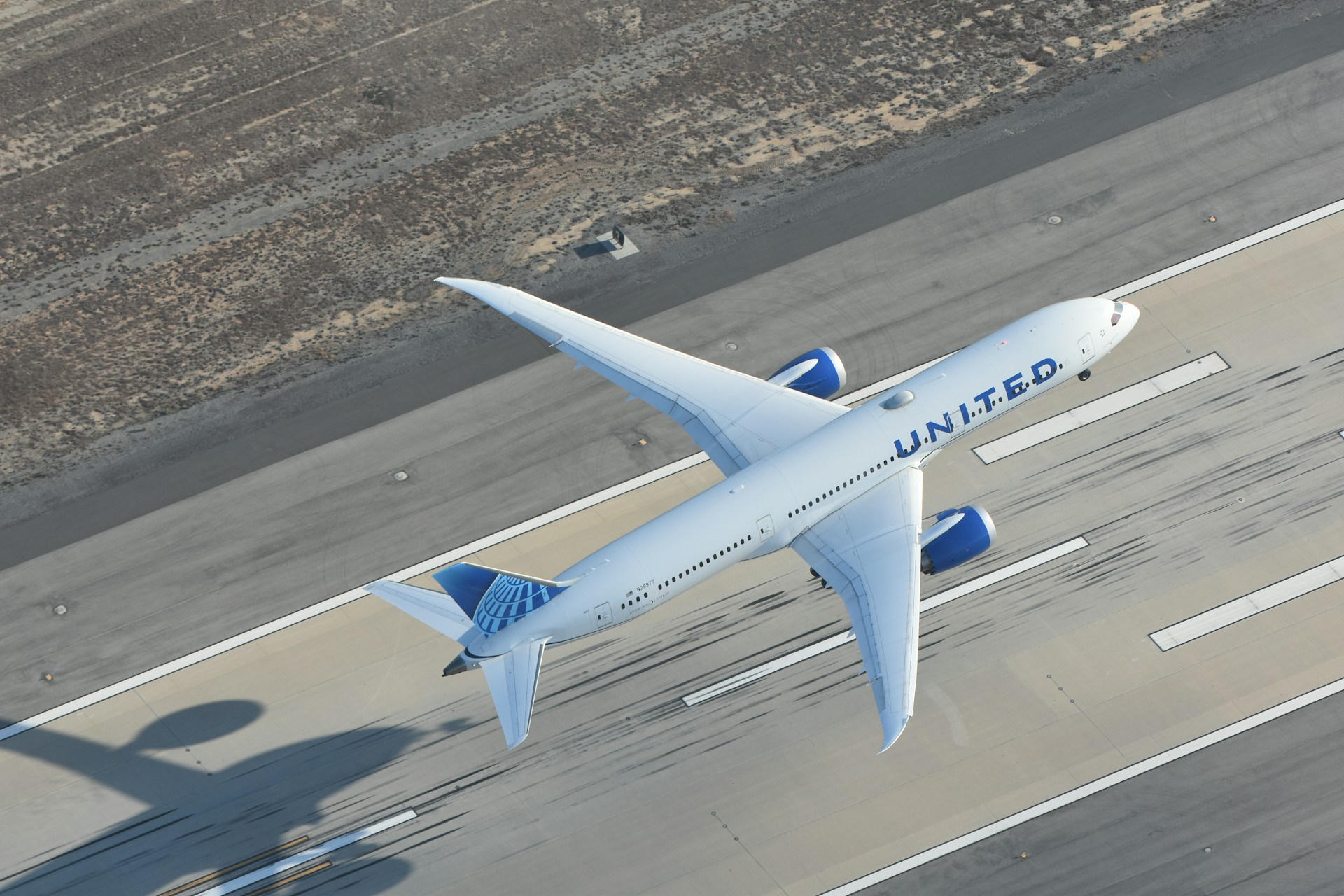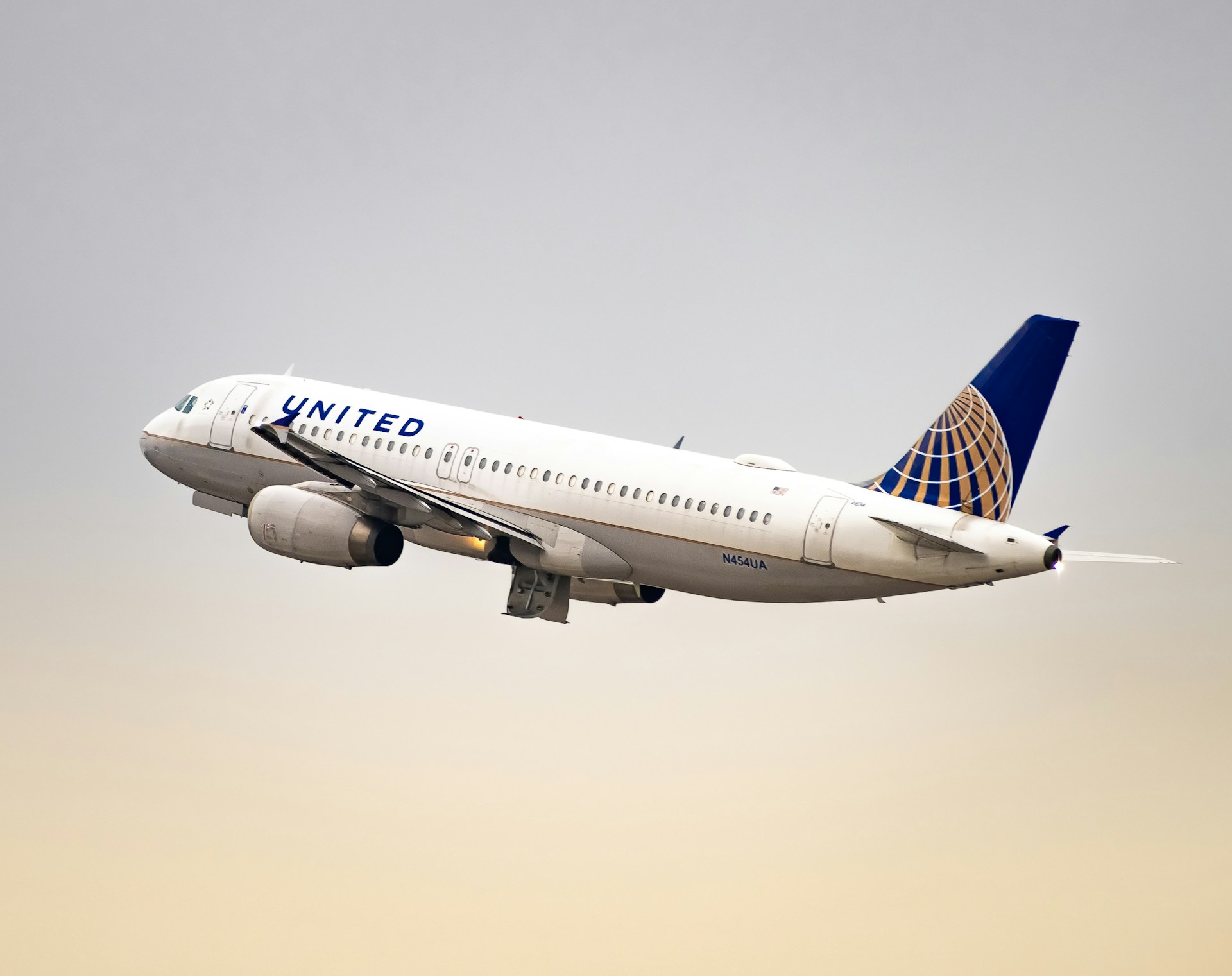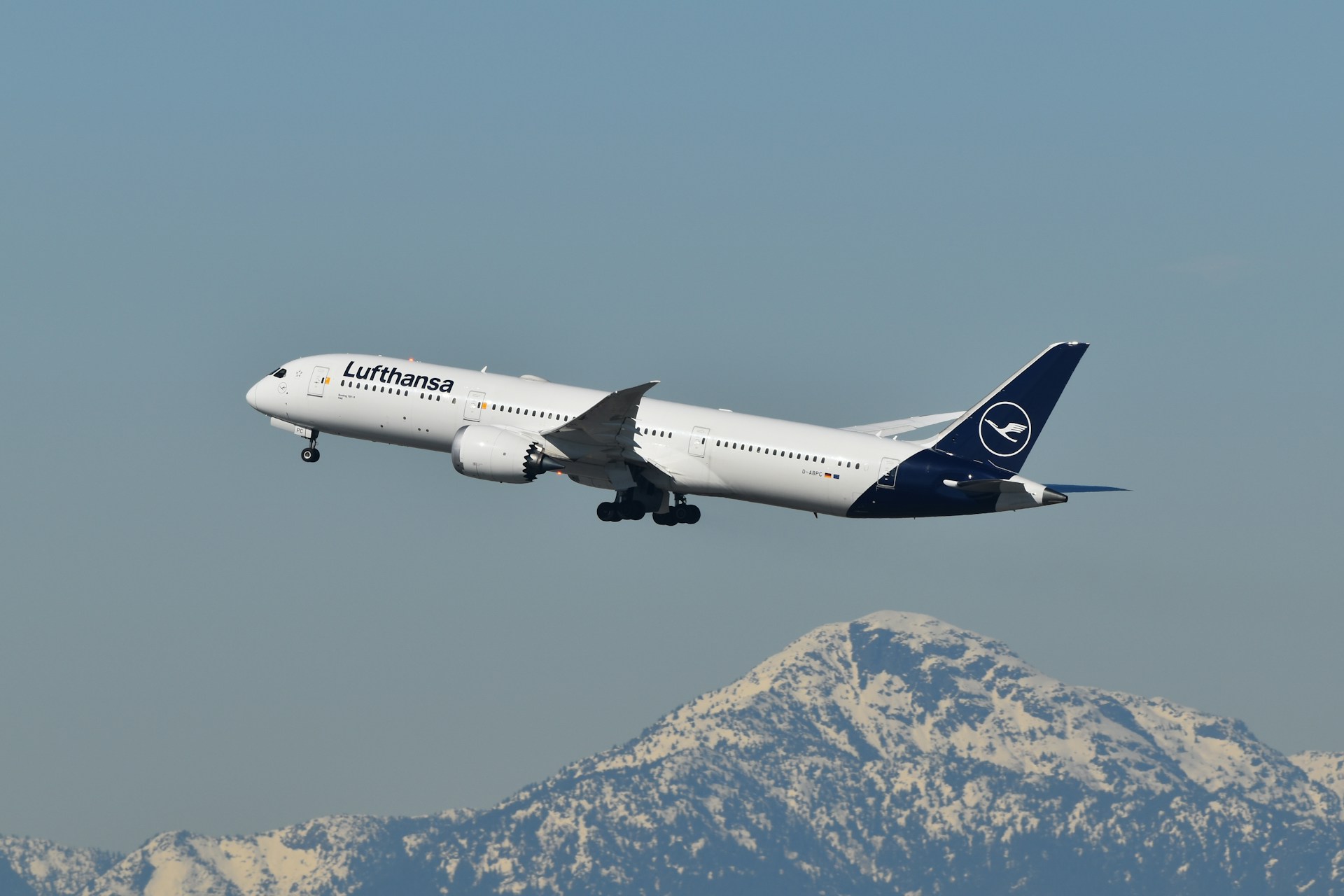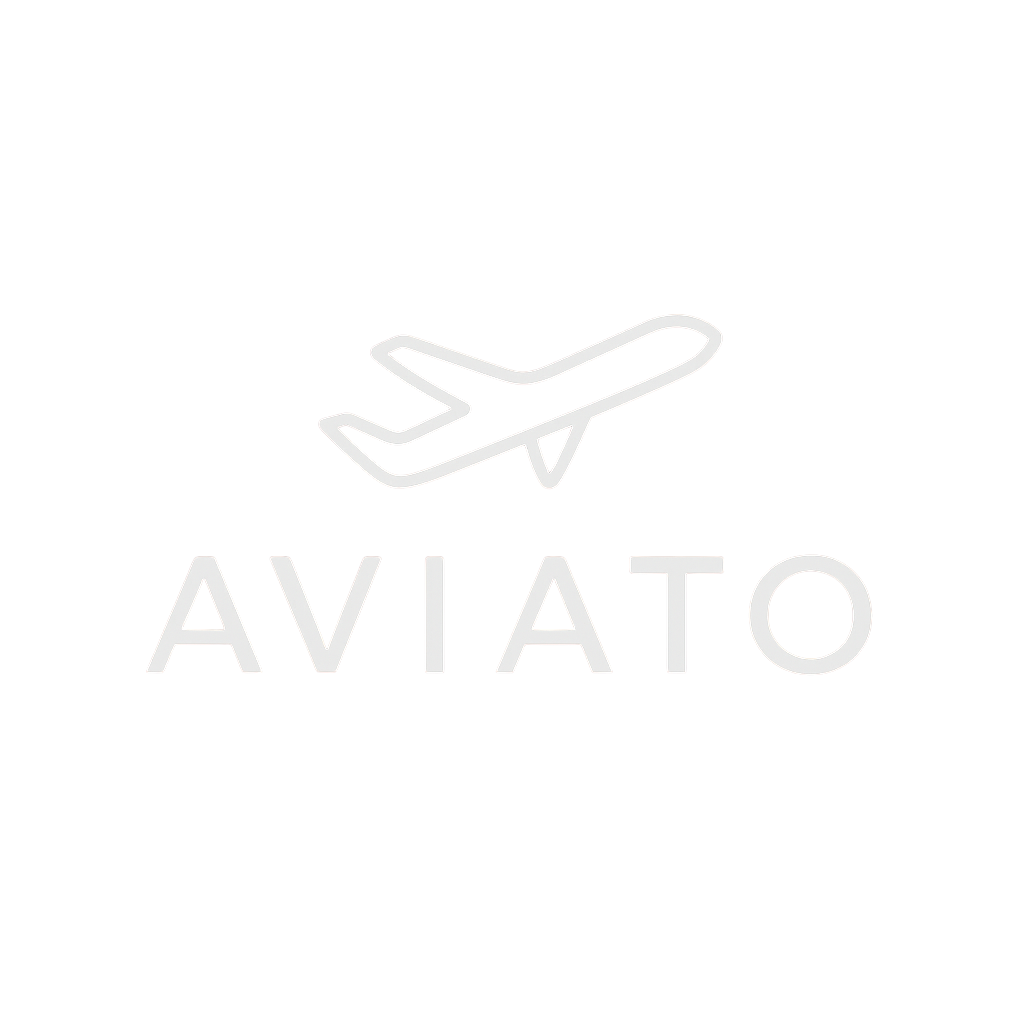United Airlines Marks 35 Years of German Growth with 10-Fold Capacity Expansion
Key Takeaways
- United Airlines has expanded its Germany–US service from 440 daily seats to 4,740 seats over the past 35 years.
- The airline’s German operations underline its commitment to transatlantic growth and premium business travel demand.
- United’s expansion reflects broader industry shifts toward hub integration and international partnerships.
- The capacity surge illustrates United’s transformation into a major global competitor.
- Growth aligns with post-pandemic tourism recovery and rising demand for US–Europe connectivity.
From Modest Start to Global Connectivity
When United Airlines first entered the German market 35 years ago, its operations were modest, offering just 440 daily seats across limited routes. Today, United provides 4,740 daily seats, a nearly tenfold increase that positions the carrier as one of the most important US airlines in Germany’s aviation landscape.
The expansion reflects both Germany’s role as Europe’s largest economy and United’s recognition of the country’s strategic importance as a transatlantic hub for business and leisure travel.
Strategic Routes and Hub Integration
United’s German network is anchored by Frankfurt and Munich, two of Europe’s busiest business and travel gateways. From these cities, United connects to its major hubs in Chicago O’Hare, Newark, San Francisco, and Washington Dulles, offering passengers seamless access to the airline’s vast US domestic network.
This hub-and-spoke strategy allows United to efficiently funnel passengers between Germany and the United States while capturing high-value corporate travel. Its Star Alliance partnership with Lufthansa strengthens this network, enabling code-sharing and aligned schedules that benefit passengers with more flight options and smoother transfers.
Fleet Modernization and Premium Focus
The dramatic increase in daily capacity is also a product of fleet evolution. United now operates wide-body aircraft such as the Boeing 777, 787 Dreamliner, and Airbus A350 on German routes, offering larger capacity, fuel efficiency, and enhanced passenger comfort.
Upgrades like premium economy cabins, Polaris business class suites, and next-generation entertainment systems have positioned United as a strong competitor to Lufthansa, Delta, and other carriers in the lucrative transatlantic market.

Competitive Landscape and Market Impact
United’s rise in Germany has intensified competition across the Atlantic. Legacy carriers and low-cost entrants alike are vying for market share, but United’s extensive US hub connectivity provides a unique edge.
The presence of multiple carriers has also benefited travelers, driving competitive pricing and enhanced service levels across cabins. United’s strong German footprint has played a role in supporting trade, investment, and tourism between the two nations.
Looking Ahead: Sustainability and Growth
As United looks to the future, its German operations will continue evolving in response to environmental regulations, sustainability goals, and shifting travel demand. The airline is investing heavily in sustainable aviation fuels (SAF) and next-generation aircraft, positioning itself for long-term success in environmentally conscious European markets.
Germany will remain a cornerstone of United’s transatlantic strategy, serving as a critical gateway to Europe and a proving ground for the airline’s commitment to innovation and premium service.
FAQs
How much has United’s capacity grown in Germany?
United has expanded from 440 daily seats to 4,740 seats over 35 years—a nearly 978% increase.
Which German cities does United serve?
United primarily operates from Frankfurt and Munich, with direct flights to multiple US hubs.
What aircraft does United use on German routes?
United deploys Boeing 777s, 787 Dreamliners, and Airbus A350s, emphasizing wide-body efficiency and premium passenger experience.
How does United compete with Lufthansa?
Through its Star Alliance partnership and by leveraging its superior US domestic connectivity, premium cabins, and strategic scheduling.
What role does Germany play in United’s global strategy?
Germany serves as a key European gateway for United’s transatlantic growth, supporting both business and leisure travel while strengthening global alliances.
✈️ Bottom Line: United Airlines’ 35-year expansion in Germany reflects not just growth in capacity, but a strategic evolution into a major global competitor, with Germany serving as a cornerstone of its transatlantic ambitions.
.zip%20-%201.PNG)



